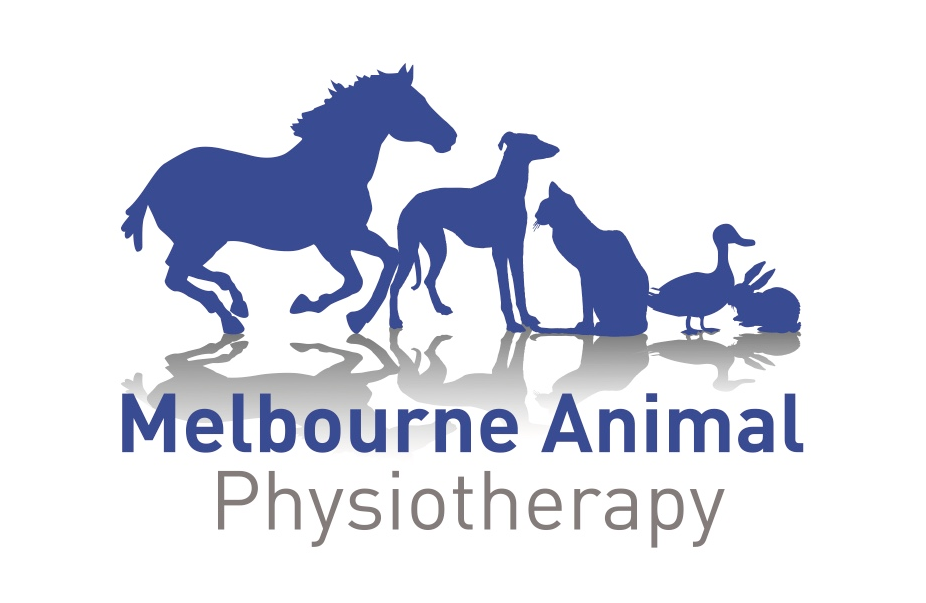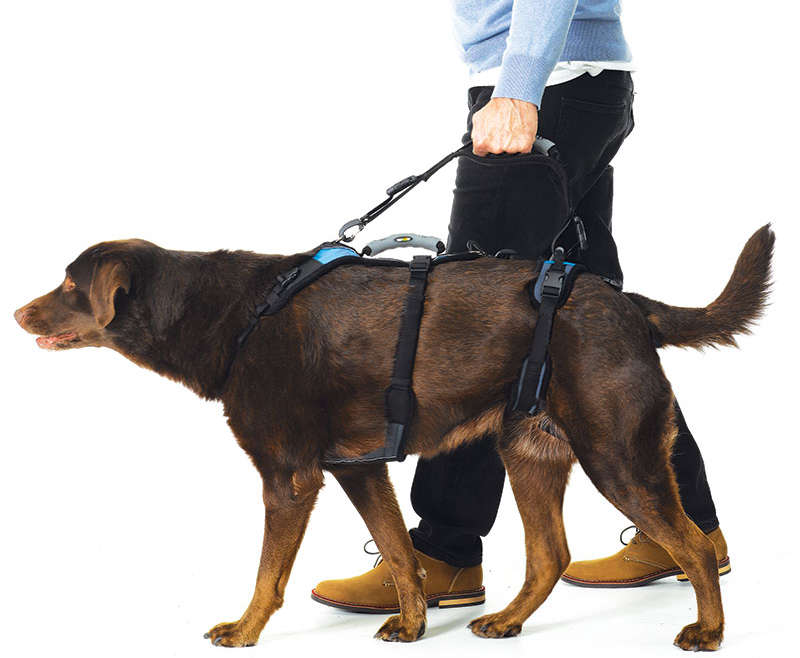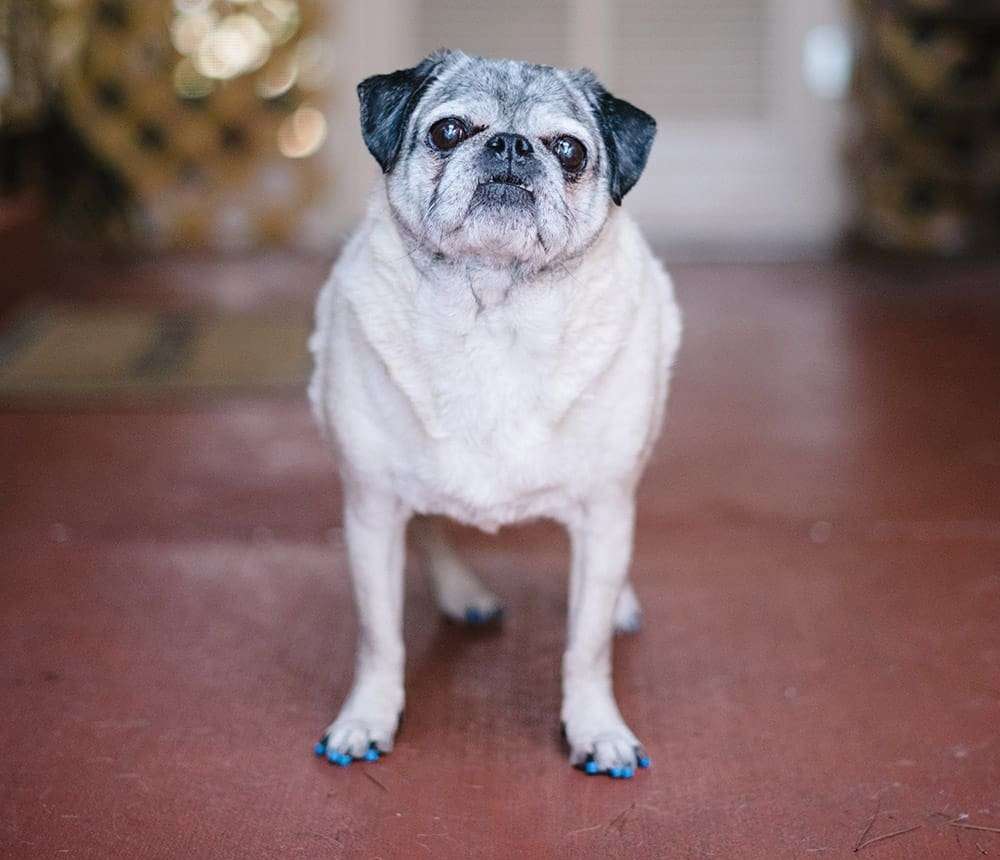Degenerative Myelopathy in dogs is among the biggest diseases impacting pet mobility. However, an awareness of the disease and its progression can help prepare you and your pet for what’s to come. Dogs with DM will experience progressive mobility loss over many months, to years. It affects the spinal cord, thereby impacting rear leg strength. As the disease progresses, the leg weakness will worsen, and will progress towards their front legs. DM usually begins between the ages of 8 and 9, although onset can be at any stage.
It’s difficult to diagnose Degenerative Myelopathy in its earliest stages and one of the many reasons a dog may not be diagnosed with degenerative Myelopathy until the disease progresses further. The first stage is an almost invisible weakness in a dog’s rear legs. The change in a dog’s gait at this point is so minute and incredibly difficult to see—a more reliable to check your dog’s back feet once a month. Next, look for uneven wear on your dog’s rear toenails. Uneven wear on the innermost nails of the rear paws is an early tip-off of DM.
As DM progresses, your pet’s symptoms become much more apparent and easier to see.
Early changes that may be noticed include:
- Beginning to have difficulty standing up.
- Maintaining their balance is a struggle, but they can recover on their own.
- Scrapping nails: On walks, listen to your dog for sounds of scraping nails. At this stage, scraping will occur periodically and will not be constant.
- The dog begins to lose muscle mass in the hind end.
Your dog’s response time may be delayed as well. If you turn your dog’s rear paws under in this stage, they should be able to right their foot to place their paw directly under them, although there may be a longer response time. Paw pain is common in dogs with DM, and you may notice your dog begin to walk on their toes and upper paw to compensate.

As your dog’s condition worsens, it will become harder to stand up from a laying down position. The dog’s awareness of paw placement or proprioception worsens. They are beginning to lose feeling in their rear paws.
Mid-stage mobility change in dogs with DM:
- Their nails will begin to scrape more often as they walk until it becomes constant.
- Stumbling or tripping due to faulty foot placement.
- Significant muscle atrophy especially in the hind end and thighs.
- Exaggerated movements, such as high stepping onto curbs.
- Tail movement becomes less active.
- Rear legs may begin to cross as they weaken and lose sensation.
- May start to have ‘accidents’ in the house.
Paw placement will worsen as your dog’s DM progresses. At this stage, the dog’s paws may ‘knuckle under,’ causing them to walk on the tops of their feet, with their toe’s underneath. As a result, your dog may not be able to right its paw or have a delayed response time.
In the ending stages of DM your dog will require your support and assistance to get around. Once a DM dog’s back legs are paralysed, they will not be able to get up, stand, or walk on their own. As a dog begins to advance into Late-Stage DM you will begin noticing drastic changes in its mobility.
Changes in a dog’s mobility during late-stage degenerative myelopathy:
- Erratic or jerky movements in the back legs and tail
- Dog can no longer control their leg movements which can result in kicks for no apparent reason
- Dog can not stand or walk on its own and requires your support to avoid injury
- Cross Extensor Response: touching one paw and the other paw reacts
- Maintaining balance is impossible (especially when squatting)

Degenerative Myelopathy in dogs can progress quickly, especially when it reaches its final stages. Signs of late-stage DM appear to happen overnight or within a few days.
Changes to be aware of during the final stages of DM:
- Dog is unable to bear any weight on its rear legs for any length of time
- Even once lifted, the dog is unable to stay standing without support and will collapse
- Urinary and bowel incontinence
- Weakness begins in the shoulders, causing front end weakness.
- Complete paralysis throughout the body is inevitable in late-stage DM.
Degenerative Myelopathy can progress quickly from stage to stage. Significant mobility loss occurs within the first year of diagnosis, in most cases of DM within six months to 1 year of diagnosis before dogs become paraplegic. Complete organ failure is possible in the end stages of Degenerative Myelopathy.
Physiotherapy and Hydrotherapy help to maintain mobility and strength in DM dogs, allowing them to live better quality and longer lives. Our aim is to assess each individual and devise a therapy plan to suit the owner and pet. Common therapy may include:
- Range of motion stretching
- Massage
- Dry needling for myofascial tension
- Standing balance and weight shifting
- Core stability training
- Proprioception training
- Treadmill +/- use of a standing frame
- Provision of harnesses and boots
- Provision of wheels for support
- Dog Hydrotherapy for maintaining strength
In all cases, the earlier we see your pet, the better the outcome, to prevent muscle loss. Often the addition of weekly hydrotherapy and physio can ease the load on owners and improve the independence of the pet. If you would like to find out more info, please email lauren@map.physio or book online.





1 Comment
Tracey Turner
My dog appears to be in mid stage Worried that his back two inner nails are really short and wonder if this maybe painful and what I can do for it